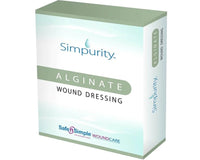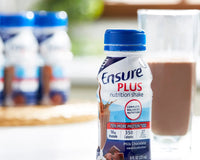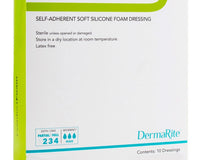Hydrogel wound dressings represent a significant advancement in wound care technology, offering a unique approach to wound management. These dressings consist of water-based gels that are designed to maintain a moist environment, which is conducive to healing. Unlike traditional bandages, hydrogel wound dressings provide hydration to dry wounds and absorb excess fluid from weeping wounds, thus facilitating the body's natural healing processes.
What is hydrogel wound dressing? Simply put, it is a versatile solution that can be used for a variety of wound types, including burns, pressure ulcers, and diabetic foot ulcers. The cooling sensation they provide upon application helps soothe pain, while their gentle adhesion minimizes damage to the surrounding skin upon removal. Hydrogel dressings typically come in sheets, amorphous gels, or impregnated gauzes, making them adaptable to different wound shapes and sizes.
Order online here for convenient shopping and doorstep delivery, ensuring that you have access to quality hydrogel wound dressings whenever you need them. Join the Cart Health family and experience the difference in your wound care routine.
The Science Behind Hydrogel Wound Healing
The efficacy of hydrogel wound dressings lies in their structure and the science that underpins their healing properties. Composed primarily of water and polymers, hydrogels facilitate a moist healing environment that has been clinically proven to accelerate the healing process. This moist setting not only prevents the wound from drying out but also aids in the dissolution of necrotic tissue, a process known as autolytic debridement.
Moisture retention is crucial because it allows cells to move across the wound surface more easily, which is essential for tissue regeneration. Moreover, the presence of moisture helps to enhance the delivery of essential nutrients and oxygen, both of which are critical for cell proliferation and repair. Additionally, hydrogels can help to reduce pain and discomfort associated with wounds by providing a protective barrier and cooling effect, which can be particularly soothing for patients.
The polymers within hydrogel dressings are cross-linked to create a network that can absorb exudate while maintaining the gel structure. This balance between absorption and hydration is key to managing different types of wounds. By controlling the moisture level, hydrogels help to minimize the risk of maceration while still protecting the wound from external contamination. This unique mechanism of action makes hydrogel wound dressings an indispensable tool in advanced wound care management.
Types and Forms of Hydrogel Dressings
Hydrogel dressings come in various types and forms, each designed to cater to different wound care needs. The versatility of hydrogels is one of their most significant advantages, allowing them to be used in multiple settings and on a range of wound types. Here are some common forms of hydrogel dressings:
- Amorphous hydrogels: These are free-flowing gels that are applied directly to the wound bed. They are particularly useful for wounds with irregular shapes or those that are difficult to dress.
- Impregnated hydrogels: These involve a gauze or sponge saturated with the hydrogel. They are easy to apply and are excellent for managing wounds with minimal exudate.
- Sheet hydrogels: These are pre-cut sheets of hydrogel that can be applied over the wound. They provide a cool, soothing effect and are often used for burns and superficial wounds.
- Hydrogel filaments: Designed for deeper or tunneled wounds, these filaments can be packed into the wound to ensure contact with all wound surfaces.
It is crucial to select the appropriate form of hydrogel dressing based on the wound's characteristics, such as its size, depth, and exudate level. For instance, amorphous hydrogels may be more suitable for deep, uneven wounds, while sheet hydrogels can be ideal for shallow, less exudative wounds. Understanding the types and forms of hydrogel dressings can help in making informed decisions for effective wound management.
Benefits of Hydrogel Dressings for Wound Care
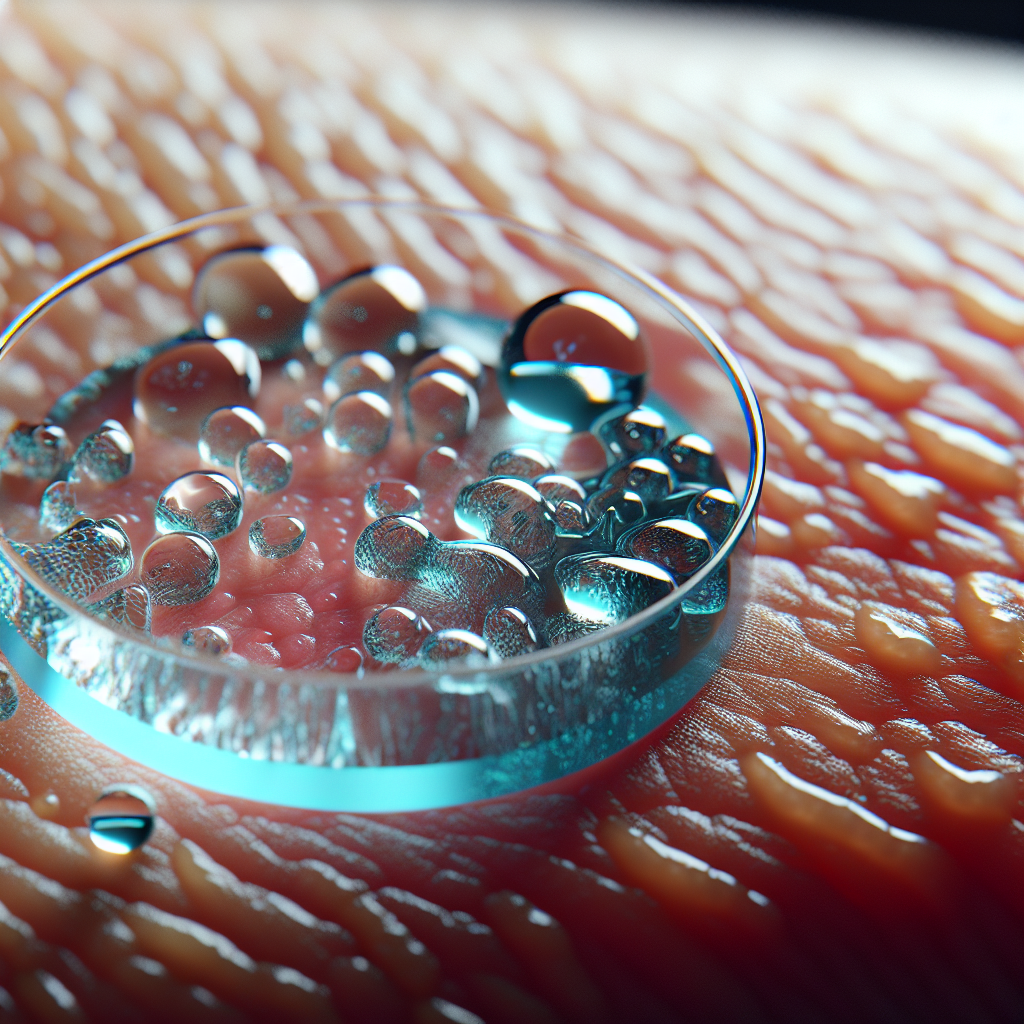
Hydrogel dressings offer a multitude of benefits that make them an excellent choice for wound care. Their high water content is instrumental in providing a moist environment, which is conducive to wound healing. Below are some of the key benefits associated with hydrogel dressings:
- Moisture Retention: Hydrogels maintain a moist wound surface which helps to facilitate cell migration and proliferation, speeding up the healing process.
- Debridement: Hydrogel dressings assist in autolytic debridement, which gently removes dead tissue from the wound without harming the surrounding healthy tissue.
- Pain Relief: The cooling effect of hydrogels can significantly reduce wound pain and discomfort for patients.
- Flexibility: Their pliable nature allows hydrogel dressings to conform to the shape of the wound, providing better contact and protection.
- Reduced Risk of Infection: By maintaining a moist environment, hydrogel dressings can help to protect the wound from external contaminants, thus reducing the risk of infection.
- Minimal Adhesion to the Wound: Hydrogels do not stick to the wound surface, which minimizes pain and tissue damage during dressing changes.
For caregivers and health professionals, understanding what is hydrogel wound dressing and its benefits is essential to select the most appropriate dressing for a given wound type. The ability of hydrogel dressings to promote healing while also providing comfort to patients makes them a valuable tool in the arsenal of wound care products.
Application and Management of Hydrogel Dressings
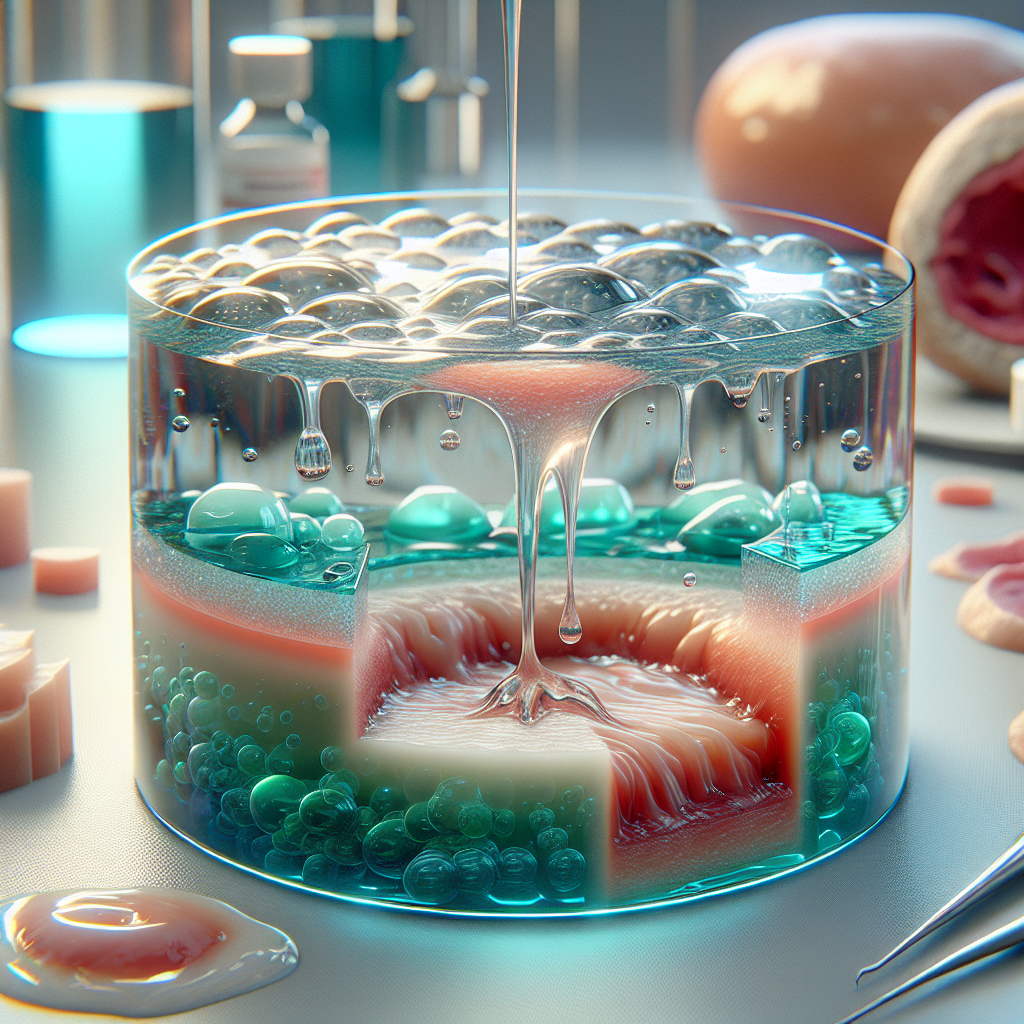
Applying hydrogel dressings correctly is crucial for maximizing their therapeutic benefits. To ensure proper application and management, a step-by-step approach should be followed:
- Cleanse the Wound: Begin by cleaning the wound area with a suitable wound cleanser to remove any debris or bacteria, making sure to dry the surrounding skin thoroughly.
- Size Appropriately: Measure the wound and cut the hydrogel dressing to fit the wound size and shape, leaving a slight overlap onto the surrounding skin.
- Apply the Dressing: Gently place the hydrogel dressing onto the wound surface. If using an amorphous hydrogel, apply a layer of the gel followed by a secondary dressing to hold it in place.
- Secure the Dressing: Use medical tape or a bandage to secure the edges of the dressing to the skin, ensuring it stays in place without causing constriction.
- Monitor Progress: Regularly inspect the wound and dressing to assess the healing progress and to check for any signs of infection or adverse reactions.
- Change as Recommended: Hydrogel dressings should be changed according to the manufacturer's instructions or when the dressing is no longer effective, which is often indicated by saturation or a change in the dressing's appearance.
Proper management involves not only the correct application but also ongoing assessment and adjustment of the dressing regimen. Caregivers and health professionals must be vigilant for any changes in the wound's condition and be ready to adapt the dressing type or frequency of changes as needed. By doing so, they ensure that the full benefits of hydrogel dressings for wound care are realized, thus supporting the patient's healing journey.
Selecting the Right Hydrogel Dressing for Your Needs
Choosing the right hydrogel dressing is essential to optimal wound care and recovery. Factors influencing the selection include wound type, exudate level, and patient comfort. For dry or minimally exuding wounds, dressings with higher moisture content are ideal, as they donate moisture and facilitate autolytic debridement. In contrast, for wounds with moderate exudate, hydrogel dressings with absorptive components are preferable to manage fluid and maintain a moist healing environment.
Consideration of the wound's depth and location is also important. Amorphous hydrogels are particularly suited for deep cavities, as they fill the wound space effectively. For areas subject to friction or movement, a hydrogel sheet with adhesive borders can provide better fixation and protection.
Finally, patient-specific needs such as pain sensitivity, allergies to dressing components, or skin condition around the wound must be taken into account. The aim is to select a dressing that not only promotes healing but also offers comfort and ease of use for the patient and caregiver.
At Cart Health, we understand the nuances of wound care and are committed to helping you find the perfect hydrogel dressing for your specific requirements. Order online here for convenient shopping and doorstep delivery, and join the Cart Health family to experience the difference in personalized care and support.


